Introduction to Skeletal Trailers
Skeletal trailers form an integral part of the logistics and transportation landscape, particularly in bulk cargo shipping. Known for their durability and versatility, these trailers are designed to carry containers or other types of goods securely. This article delves deep into the attributes, manufacturing processes, and benefits of China skeletal trailers, allowing stakeholders to understand their pivotal role in modern transportation.
What is a Skeletal Trailer?
A skeletal trailer is primarily characterized by its minimalistic frame designed to carry shipping containers. Unlike traditional trailers, which might sport more complex designs with sides and a roof, skeletal trailers offer a skeletal frame that allows for increased visibility and versatility in loading and unloading containers of various sizes.
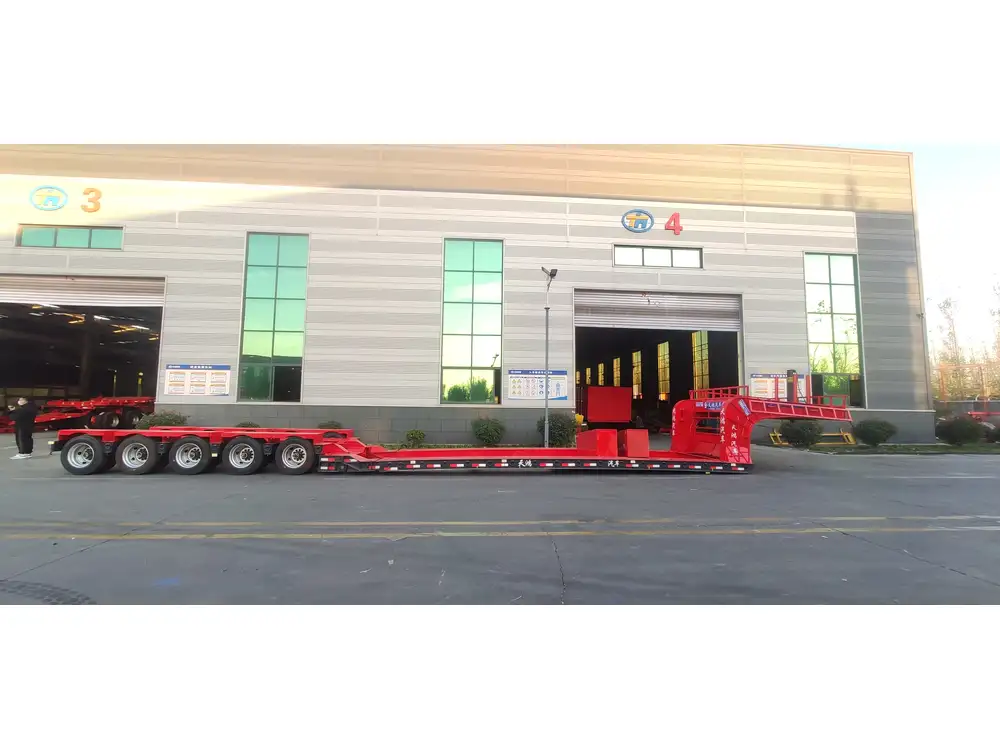
Key Features of Skeletal Trailers
| Feature | Description |
|---|---|
| Construction Material | Typically made from high-strength steel for optimal durability |
| Weight Capacity | Can support containers typically weighing up to 30,000 kg or more |
| Design Variants | Available in different configurations such as 20ft, 40ft, and even custom sizes |
| Ease of Handling | Designed for easy loading and unloading, often compatible with forklifts |
The Manufacturing Process of China Skeletal Trailers
China boasts a robust infrastructure in trailer manufacturing, backed by technological advancements and a skilled workforce. The manufacturing process of skeletal trailers in China involves several critical stages:
1. Research and Development
Before any physical manufacturing takes place, the design and engineering team engages in rigorous research. This involves assessing global market trends, weight distribution parameters, and the latest safety standards.
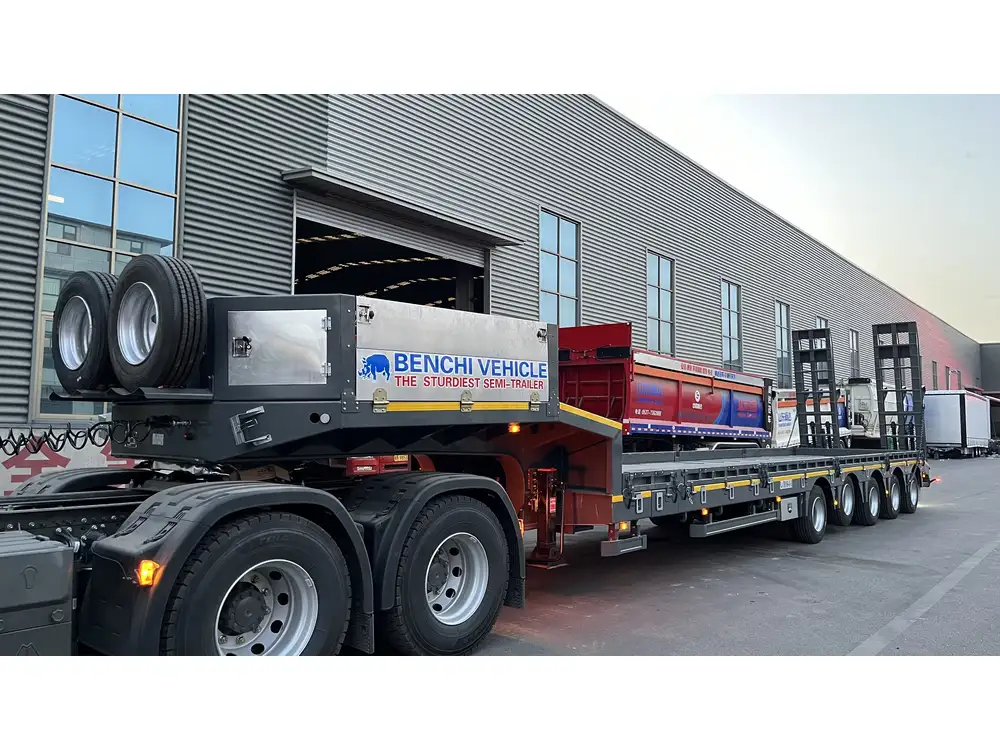
2. Material Selection
Materials selected include high-tensile steel and aluminum alloys, known for their lightweight and strength properties. The choice of materials directly affects the trailer’s durability and performance.
3. Fabrication
Fabrication involves cutting, bending, and welding the selected materials into the desired skeletal frame shape. Advanced Computer Numerical Control (CNC) machines are employed for precision, ensuring every joint is near-perfect.
4. Assembly
Following fabrication, components such as axles, suspensions, and braking systems are integrated into the skeletal frame. This step underscores the importance of coherence and balance in the final product.
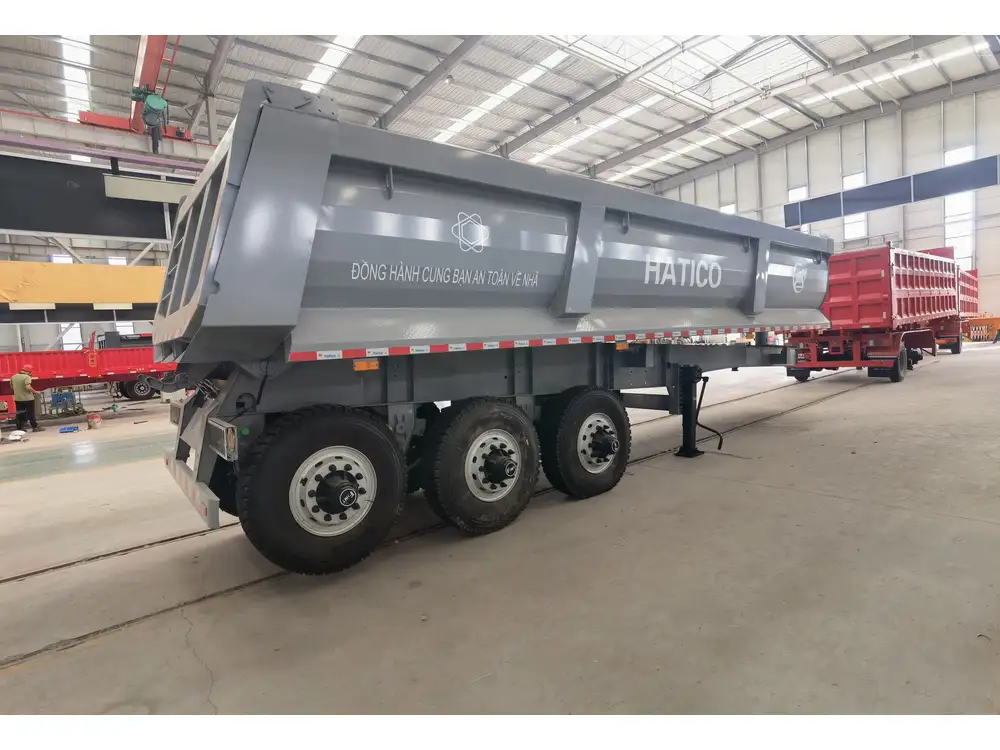
5. Quality Control
Quality control checks are integral and involve testing the structural integrity, brake functionality, and overall safety of the trailer. This stage guarantees that every skeletal trailer adheres to international safety standards.
6. Painting and Finishing Touches
Finally, the trailers undergo surface treatment and painting to prevent rust and corrosion. The aesthetic finish also serves to enhance the brand visibility of logistics companies involved in transportation.
Advantages of Using China Skeletal Trailers
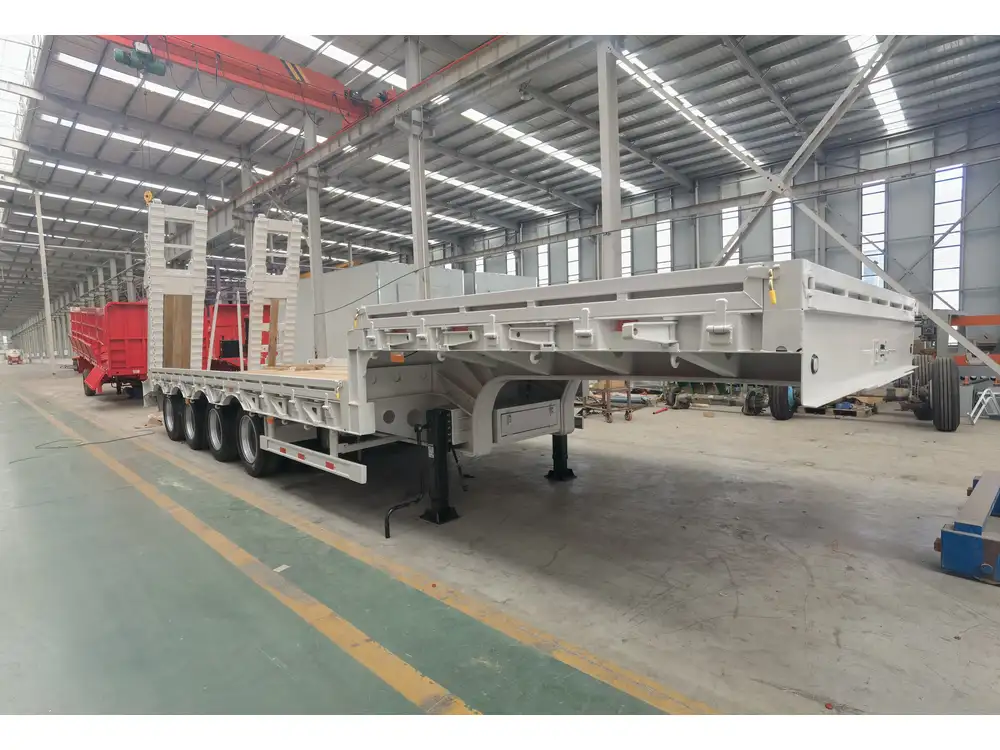
Cost-Effectiveness
Manufacturing at scale in China allows for reduced production costs without compromising quality. The economic advantages translate directly to the buyers, enabling them to invest in high-quality equipment at competitive prices.
Enhanced Durability
Skeletal trailers produced in China are crafted using rust-resistant materials and advanced welding techniques, ensuring longer service life and lower long-term maintenance costs.
Versatility
Equipped to handle multiple container types (20ft, 40ft, and more), these skeletal trailers offer unmatched flexibility for logistics operators who deal with various shipping lines and requirements.

Compliance with International Standards
Chinese manufacturers are increasingly adopting international safety norms, ensuring that their skeletal trailers can be used across different regions without concern for legality or safety issues.
Common Uses of Skeletal Trailers
Skeletal trailers find extensive application across various sectors because of their adaptability and reliability. Here are some prevalent uses:
| Application | Description |
|---|---|
| Port Operations | Ideal for transporting containers directly from ships |
| Intermodal Transport | Facilitates seamless transfer between road and rail transport |
| Warehouse Logistics | Utilized in warehouses for temporary container storage |
| Construction Sites | Supports heavy lifting of materials storage containers |
Innovations in Skeletal Trailer Technology
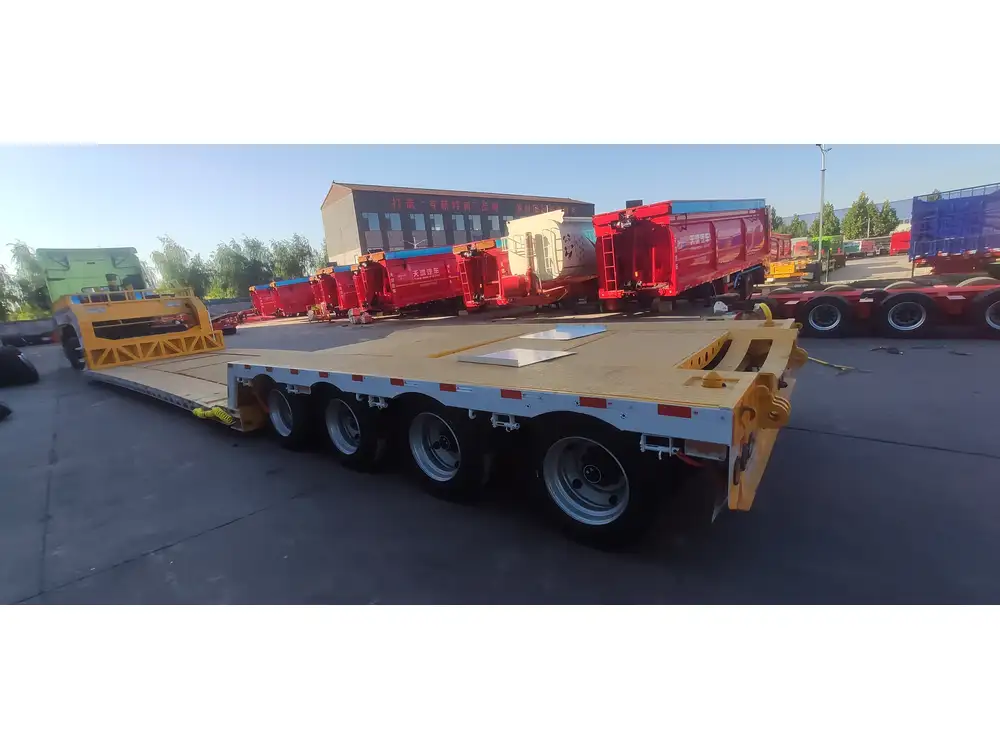
Advanced Load Monitoring Systems
Innovation in technology has also permeated the skeletal trailer domain. Load monitoring systems now allow drivers to ensure optimal weight distribution in real-time, reducing the risk of structural failure.
Aerodynamic Designs
Recent advancements in aerodynamics have led to the development of trailers designed to minimize air resistance. This innovative design offers fuel savings and contributes to environmental sustainability.
Smart Trailers
Incorporation of IoT (Internet of Things) technologies is resulting in “smart trailers” that monitor their location and condition, providing logistics firms with valuable data for operational efficiency.

Frequently Asked Questions (FAQs) About China Skeletal Trailers
1. How Much Weight Can a Typical Skeletal Trailer Carry?
A standard skeletal trailer can typically support a maximum load of 30,000 kg, although this can vary based on the specific design and configuration.
2. Are China Skeletal Trailers ISO Certified?
Most reliable manufacturers in China ensure that their skeletal trailers are ISO certified, meeting international quality and safety requirements.

3. What Maintenance Is Required for Skeletal Trailers?
Regular inspections of the braking system, tire conditions, and structural integrity are crucial. Routine cleaning and painting protect against rust and enhance longevity.
4. Can Skeletal Trailers Be Specialized?
Yes, many manufacturers offer customization options, allowing businesses to tailor the skeletal trailers to fit unique operational needs.
Conclusion: The Future of Skeletal Trailers in Logistics
The skeletal trailer market, particularly in China, is poised for growth driven by increased demand for flexible, efficient transportation solutions. Stakeholders must recognize that investing in high-quality skeletal trailers will not only enhance operational capabilities but also significantly reduce downtime and maintenance costs.
In the quest for logistics optimization, understanding the intricacies of skeletal trailer manufacturing from China can provide stakeholders with a competitive advantage. As technology continues to evolve, the importance of these trailers in the logistics chain will only increase, making them a cornerstone of modern supply chain management.
Ultimately, the focus remains on seamless integration of advanced systems, improved durability, and enhanced cost-effectiveness, enabling logistics providers to thrive in an increasingly demanding market landscape.
The trajectory points toward a future where China skeletal trailers remain indispensable to the logistics and transportation industry, offering effective solutions that align with global business needs.



